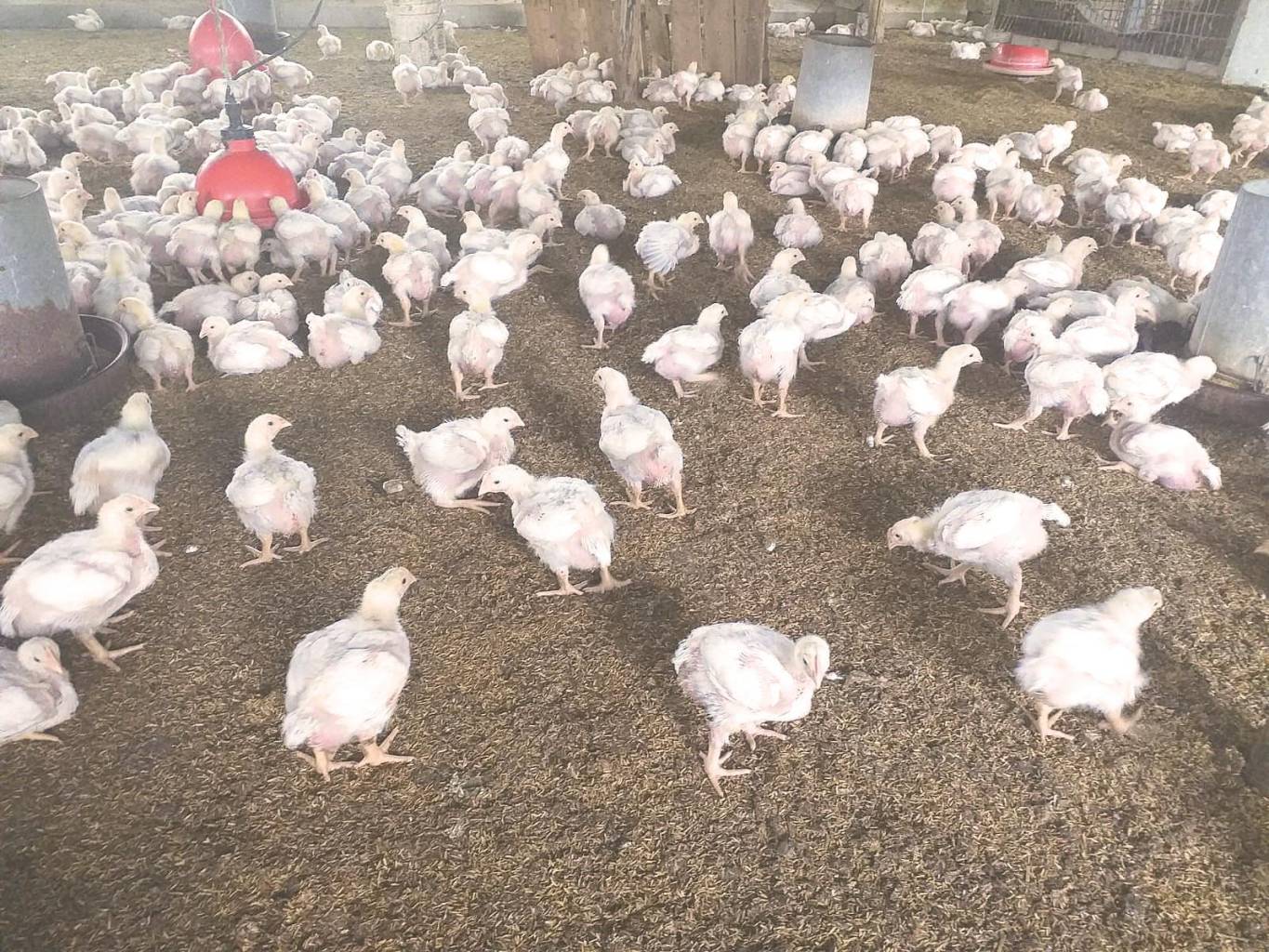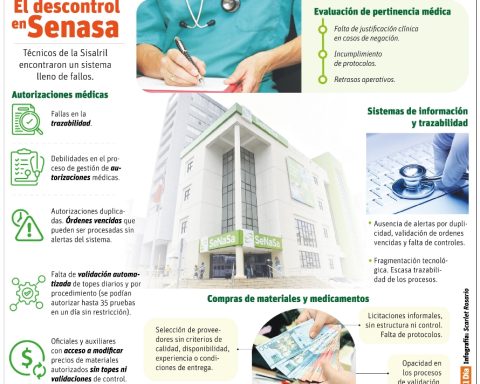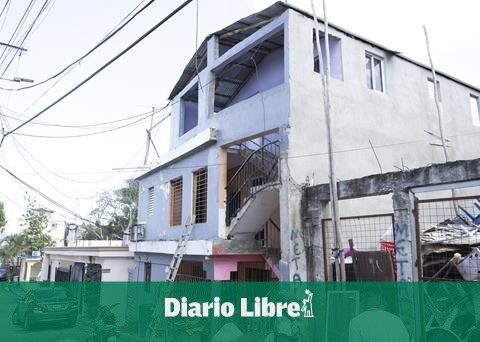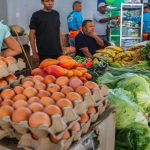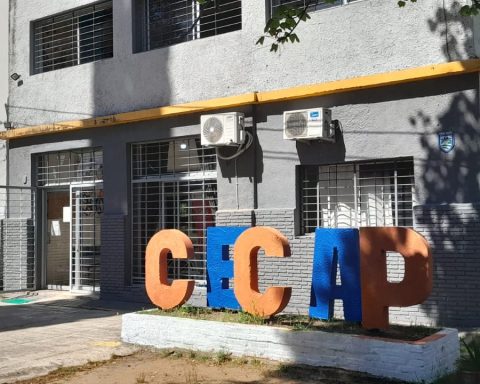No later than this November 15, the farms must begin raising the fresh chickens that they will offer at Christmas, when consumption in the Dominican Republic shoots up.
With these purposes, large and small producers throughout the country are making arrangements to obtain fertile eggs or chicks that must be fattened so that they are ready for the market from mid-December.
But the local and international context, marked by an increase in the price of poultry feed, the price of fertilized eggs and their scarcity, threaten to impact the availability of meat and the final price of the chicken that Dominicans will serve in the Christmas festivities.
Only the price of breeding for fattening, scarce and traditionally sold between 27 and 30 pesos per unit, presents an increase of up to 12 additional pesos, equivalent to 40% more, at a time when the country experiences an increase in demand for chicken meat, due to a reduction in pork, which forces an increase in the national production of poultry.
For now, the shortage is felt especially in small producers who depend on the chicks that are given to them by larger ones and for whom the Government opened a special financing program, through the Agricultural Bank of the Dominican Republic.
From the bank, its general manager, Fernando Durán, explains that the Government seeks to diversify and decentralize chicken production.
“The Agricultural Bank is supporting all these small farms, especially in the south, since the highest concentration of chicken production is in the central Cibao, and transporting it to the far southern and eastern provinces carries a cost that is added to the price”.
The project encompasses a financing line of about 3 million pesos per producer, supported by Resolution 0005, of the Bank’s Executive Board, which raised to that amount the loans of up to 800,000 that were granted to the poultry sector.
1,200 MM to poultry
The Agricultural Bank has lent 25,000 million pesos since August 2020. Of that total amount, 1,215 million have gone to the poultry sector.
To face the international situation, the Dominican Government says it is betting on increasing local production, with support programs, such as the one it announced last week with the creation of a fund of about RD $ 1,600 million to subsidize the cost of fertilizers. agricultural products that have also increased their price this year.

The resolution, dated October 14, establishes that said financing will have a validity period of no more than 120 days and, as Durán explains, the credit is granted both for the purchase of chicks, as well as for food and preparation of the farms.
The directory took into consideration that “the consumption of chicken meat has been increasing as a result of the demand of a greater number of consumers for this meat, caused by African swine fever.”
The disease in pigs was detected in mid-2021 and led to the sacrifice of about 70 thousand animals throughout the country, according to the latest information from the sector, although the Ministry of Agriculture ensures that the disease is currently controlled.
But the resolution also considers that chicken meat will be in greater demand for the Christmas holidays and that the cost of production is increasing due to the international prices of food, supplies and medicines required for its production.
The food price index registered by the Food and Agriculture Organization of the United Nations (FAO) indicates that cereals registered an average of 137.1 points in October, that is, 3.2% more than in September and 22.4% above the level of a year ago.
In the specific case of the world price of wheat, it indicates that it continued its upward trend for the fourth consecutive month, with a rise of 5% in October, reaching an increase of 38.3% in year-on-year terms and its highest level since November of 2012.
Of corn, he points out that world prices increased, supported by increases in energy markets.
“The forecasted 2.5% year-on-year rise in corn utilization responds to the forecast of continued high demand for feed in Brazil and China, increased use of corn for feed in Canada, and higher ethanol production based on corn in Brazil and the United States of America ”, states an FAO article of November 4.
China, affected since 2017 by an outbreak of African swine fever that forced it to slaughter more than 100 million pigs and increase its consumption of chicken, has had a significant share in cereal imports, in an effort to improve its poultry production and swine. Only of corn, an import of more than 25 million tons is estimated between 2021 and 2022, which places it on the threshold of becoming the largest importer of that product worldwide.
Regarding meat, “the FAO meat price index averaged 115.5 points in September, practically unchanged from its revised August value, and 24.1 points (26.3% ) above the value registered in the same month last year ”.

More expensive chicks
Producers, including the Minister of Agriculture, Limbert Cruz, estimate between 22 million and 25 million units of chickens to be produced in the country by December, for which they seek the contribution of small producers.
To date, some 261 of these small producers have requested about 3.5 million chicks for fattening, and the Agricultural Bank has reached a kind of verbal agreement with the large companies that supply them.
As of November 1, they have managed to compromise some 400,000 units, but the price of these birds (Durán clarifies that the bank has nothing to do with how it is fixed) has been not very encouraging for most, although some of the beneficiaries with whom he spoke Diario Libre justify it in the current market situation.
A producer in the Monte Planta area, who did not want to identify himself, says that he benefited from financing for the Christmas production and that he wanted to buy the chickens through the Bank’s intermediaries. They asked him for 40 pesos per unit and he refused.
“I have my code (of affiliation to an association) and I buy it in an incubator for 27 pesos,” he says. He assures that, although he has only obtained a little more than half of what he needs to complete the assigned quota, he was able to buy at 30 pesos per bird.
Another producer in the Santiago area, associated with a large farm that also serves as a supplier to the beneficiaries of the Banco Agrícola, affirms that he is buying the chick at 28 pesos, but another independent producer, who buys in the same place, assures that the unit costs 40 pesos.
Producers agree that this increase in chicks will make them have to sell a pound of chicken, which is currently on the farm at about 42 pesos, more expensive in December.

One of those who have benefited from the Bank’s financing program is Bernardo Guzmán, who also directs the Cibao Chicken Producers Association.
“We had empty farms, because the baby chicks only had the big farms. That is about three months ago that large companies have relaxed a bit and are releasing the chicks, after a complaint that we expressed ”, he says.
He is given as an example among the around 70 associates he represents and points out that of the 150,000 chickens he raised, he had only 10,000. Now, with the government’s new financing policy, he says, he has assigned about 50,000 chicks to sell in December, of which he has already received about 36,000.
The cost of each chicken came out to 42 pesos, but Guzmán accepts it, because he knows of the famine and shortage that are dominating the importation of fertilized eggs.
“Outside of this program, normally, the price of chickens was between 27 and 32 pesos, what happens is that there are problems of egg shortage, because the breeders are having problems getting them and have had to bring it from Brazil to a higher cost ”.
He assures that he has tried, without success, to buy his eggs and those of his associates in the United States, a country that, according to Trade Map reports, was the only source of import of that product in 2020.
“There is a company (from the United States) that does not quote me until February of next year, as it is committed. The price of a box of these fertile eggs, which was 110 dollars, is now 180, ”he says.
More supply and low posture
The need to import fertile eggs, despite the fact that there are laying hen farms in the country to cover most of the demand, explains Ambiorix Cabrera, who estimates the Dominican consumption of chicken at an additional two million after the crisis with swine fever in the middle of the year.
“Before, with 16 million (chicken) a month, there was plenty of it, now we produce 18 (million) and we lack it,” he says.
Wilfredo Cabrera, one of the suppliers to the beneficiaries of the Banco Agrícola program, refers to the fact that, by December, the poultry sector plans to offer some three million more units of chickens than those currently produced.
To achieve the current increase in chicken production and be able to reach the end of the year, they needed the participation of the timely import of fertilized eggs, especially after many of the hatched eggs did not give the expected birth rate, leaving, in some cases, up to 50%.
“It should be noted that, in the country, a few months ago, there has been a syndrome of low position that has affected the part of heavy and light breeders (hens). That makes production drop, too, ”adds Cabrera.
The import, he explains, reaches up to 10% of the local egg production. “We incubate about 25 and 26 million fertile eggs per month, and imported, which we have about two months in that, is less than 10% of imported eggs that we generally do for this date, in the month of October, for chickens. which will be produced for December.
Exhausted the 21 days that the eggs last in incubation, the young are already beginning to hatch and Cabrera affirms that he sells them between 40 and 45 pesos per unit, also justifying himself in how expensive the import is.
“We are bringing fertile eggs, even by plane and it is very expensive, but we are getting out of the situation that we were going through low laying,” he says.
He had to buy the box of 360 fertilized eggs for $ 190 (about 10,700 pesos), when a short time ago he bought it for between $ 110 and $ 105.
However, the producer understands that this increase in chicks will not impact the final price of chicken consumed in December, since he understands that broiler chicken is only between 5% and 10% of the cost of chicken production, which It has about 80% of the total of this expenditure on food.
With offspring at 30 pesos, the chicken is currently priced at about 43 pesos per pound on the farm, from where they come out with an average weight of 4.5 pounds.
In the market, the pound of chicken is 53.15 live and 72.81 processed, according to the average retail price registered by the Ministry of Agriculture as of last October.
